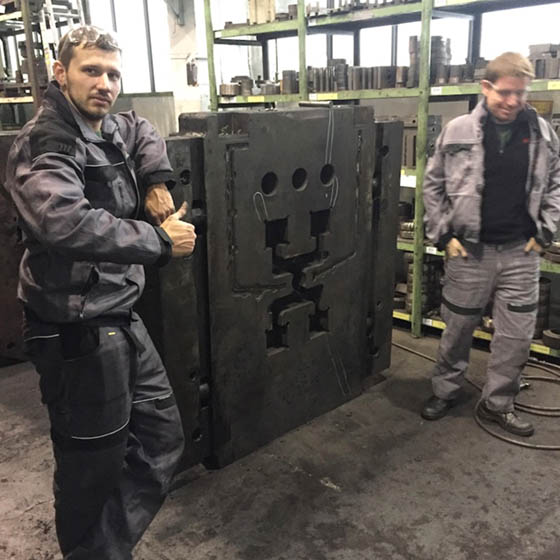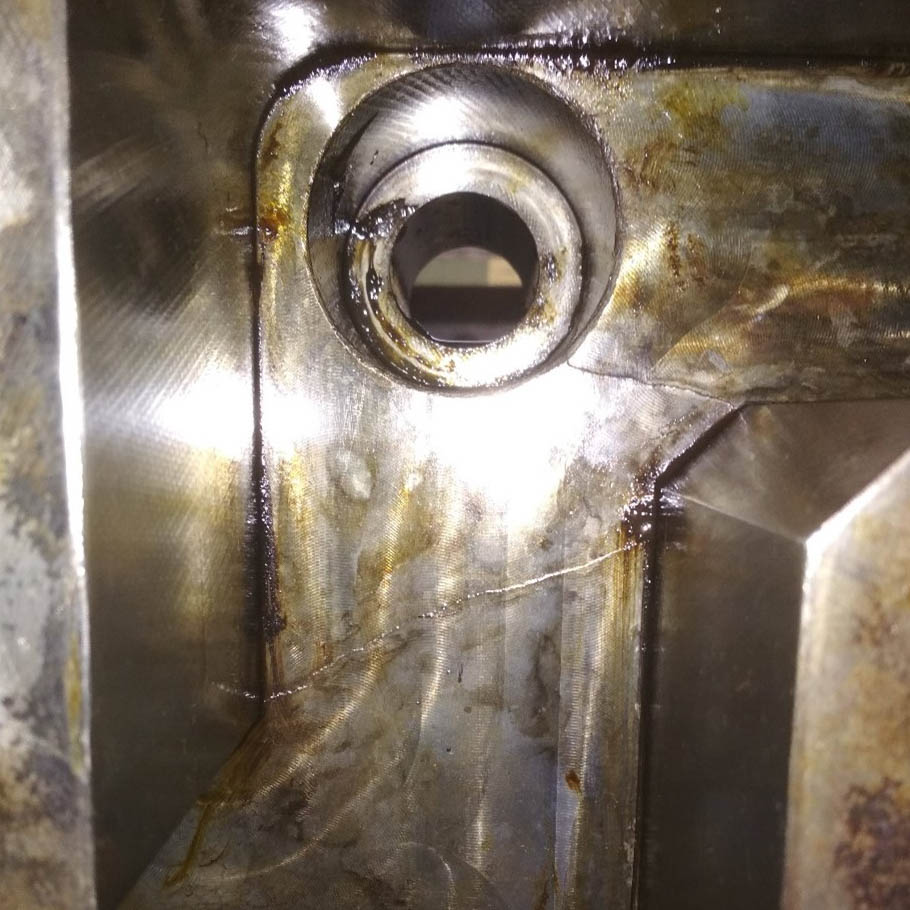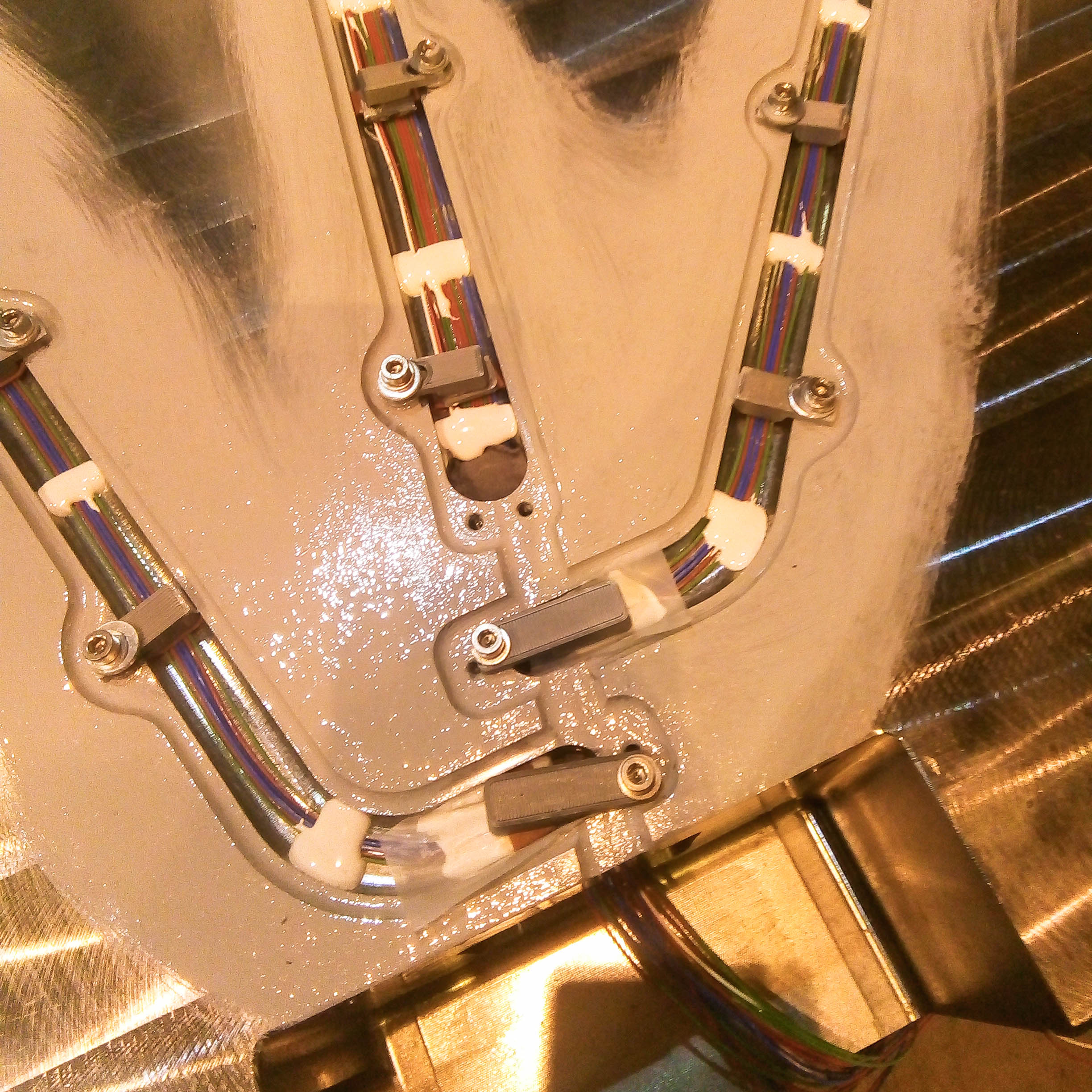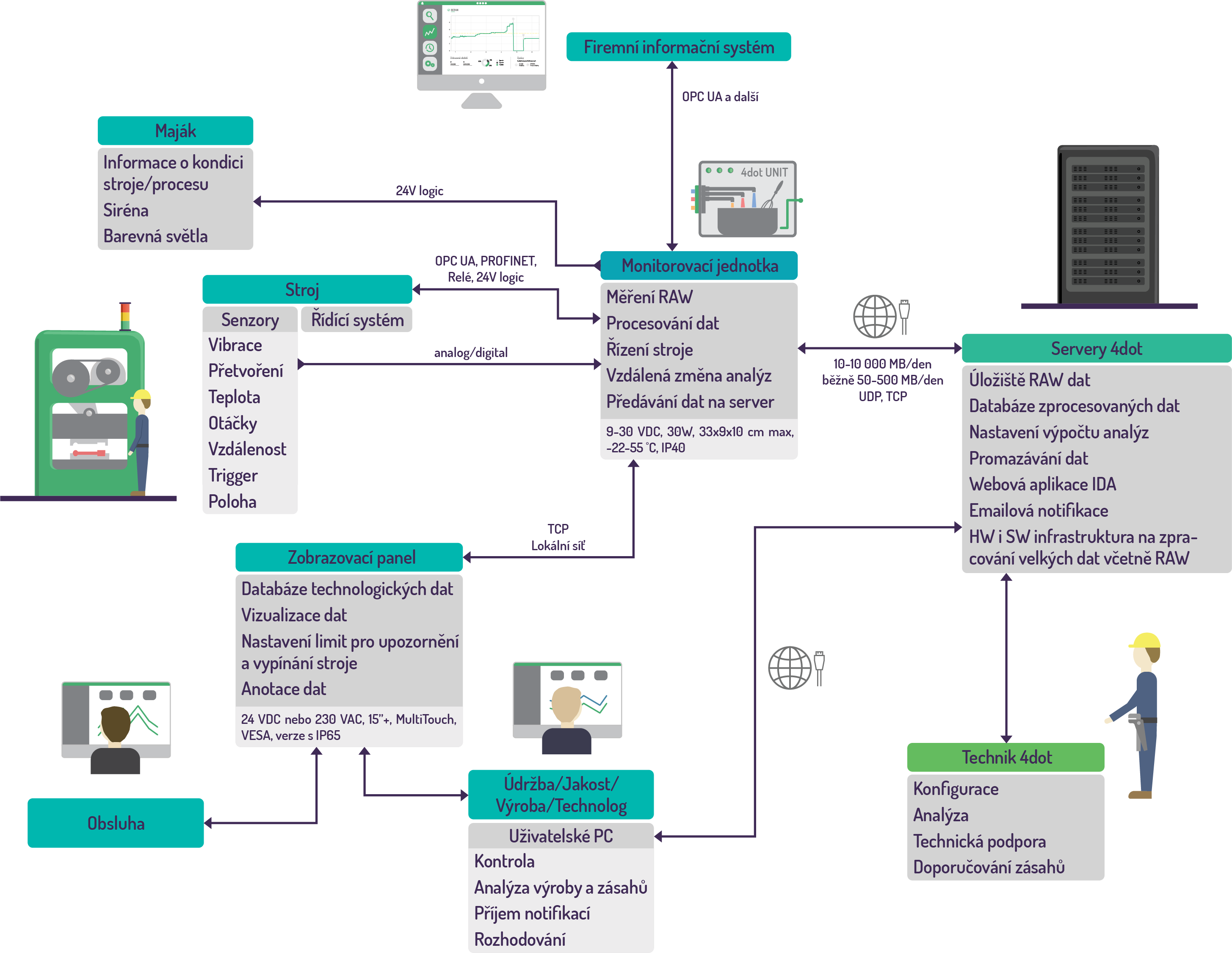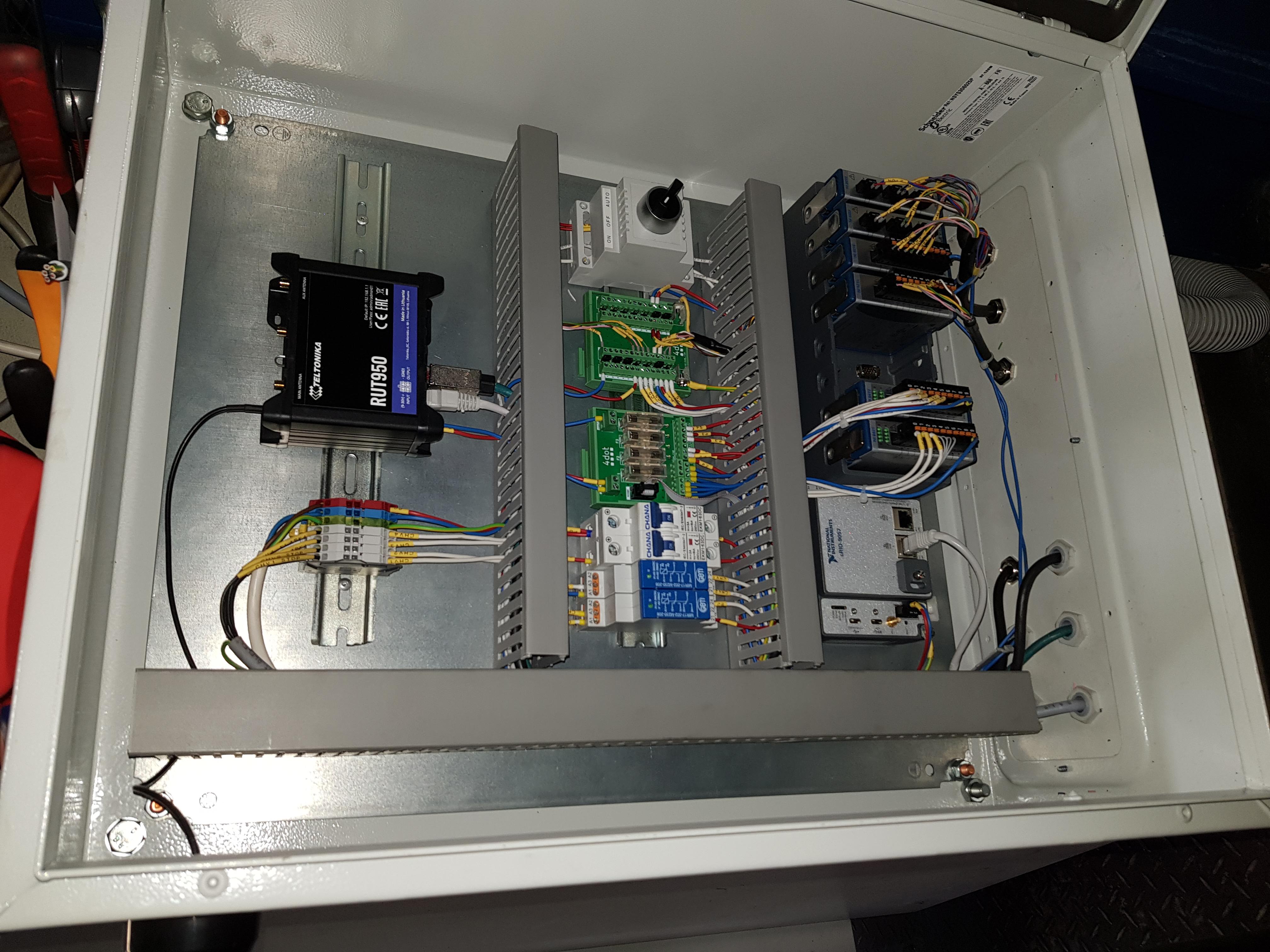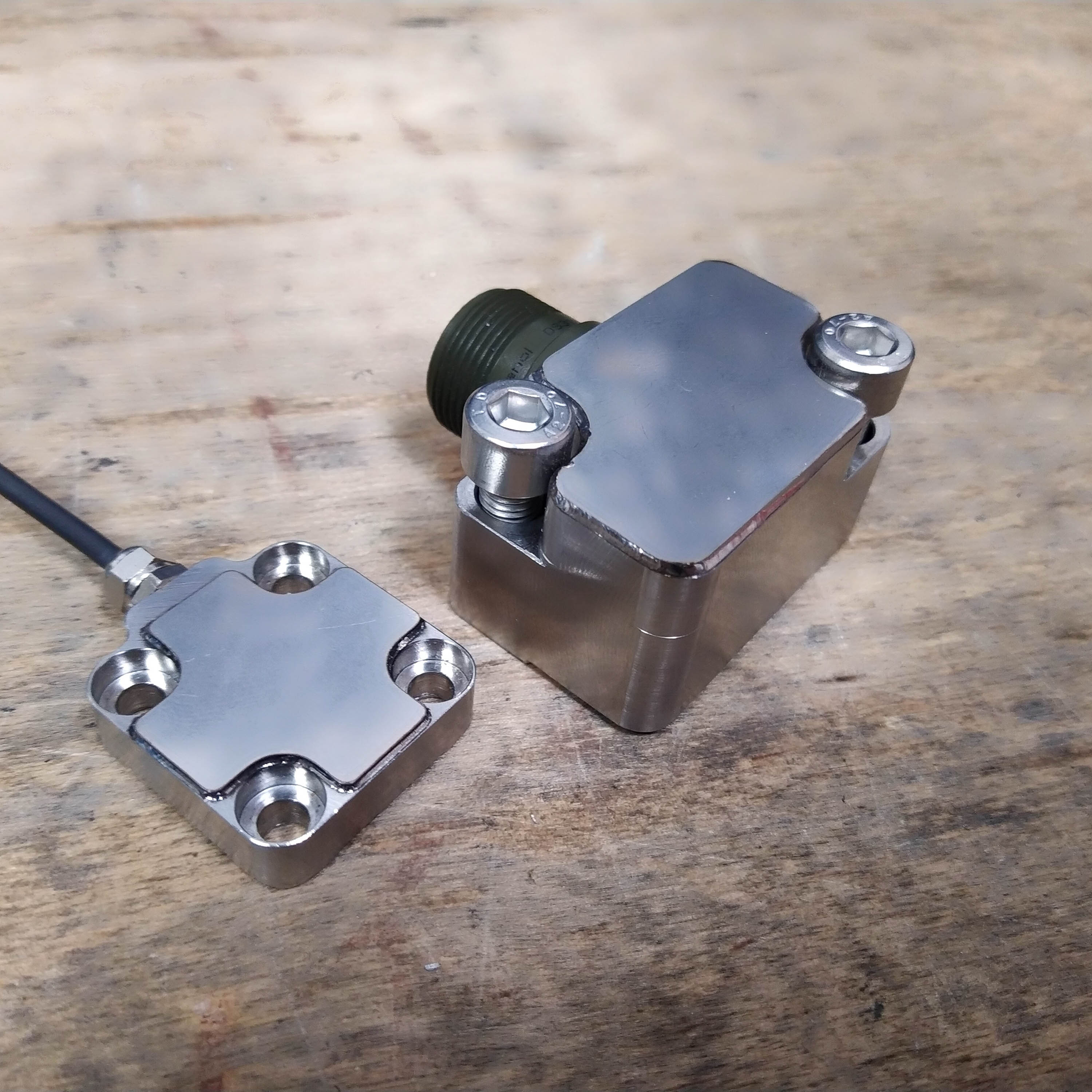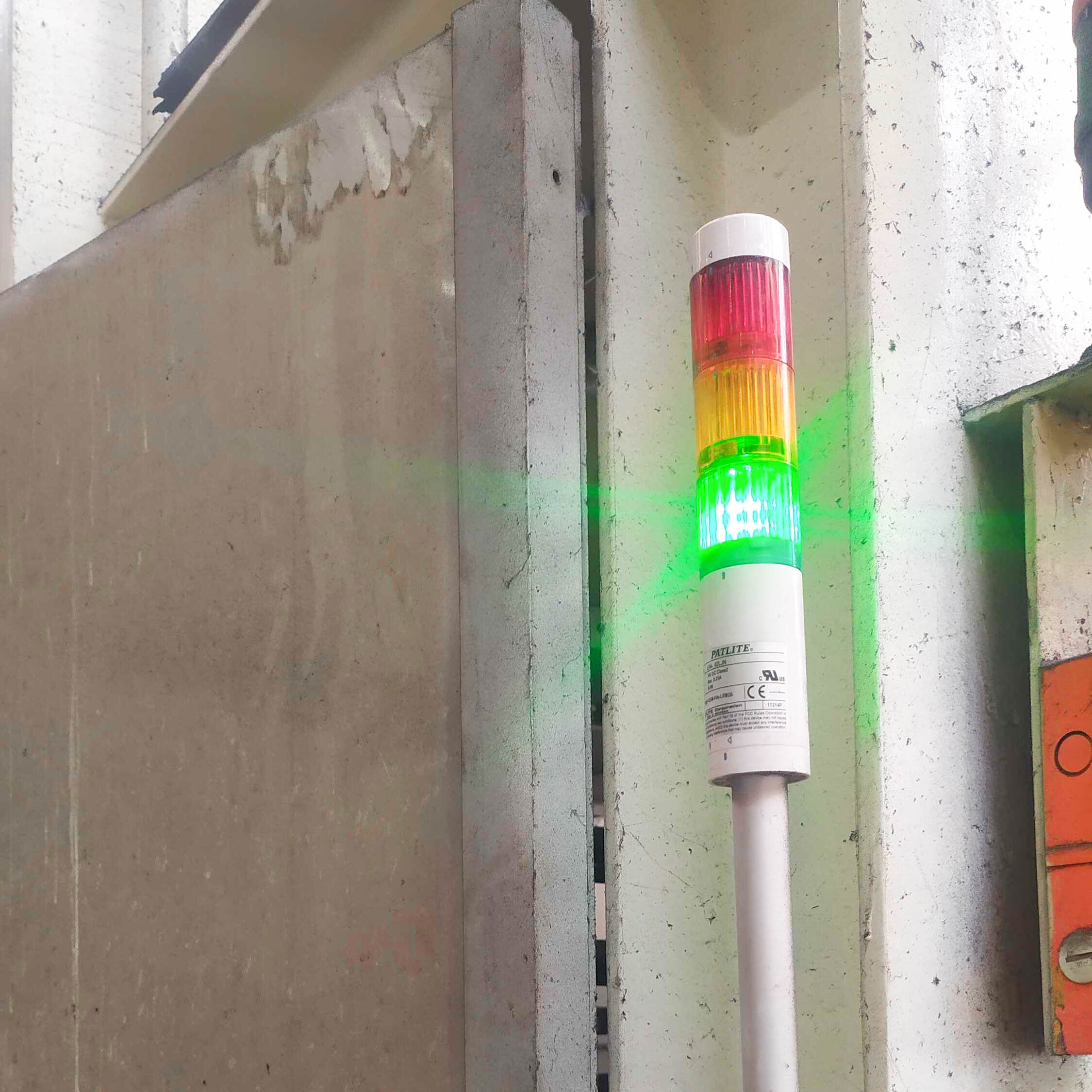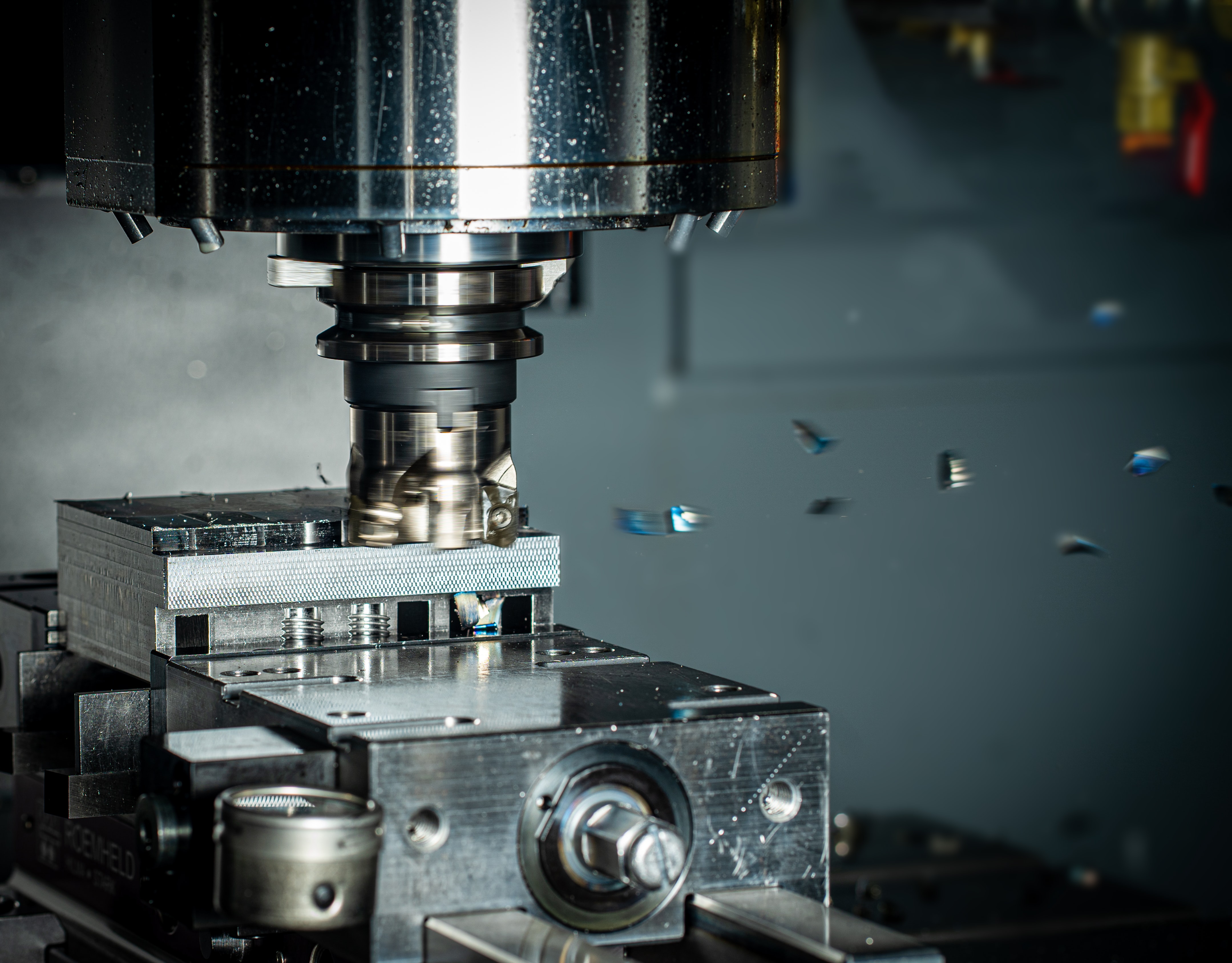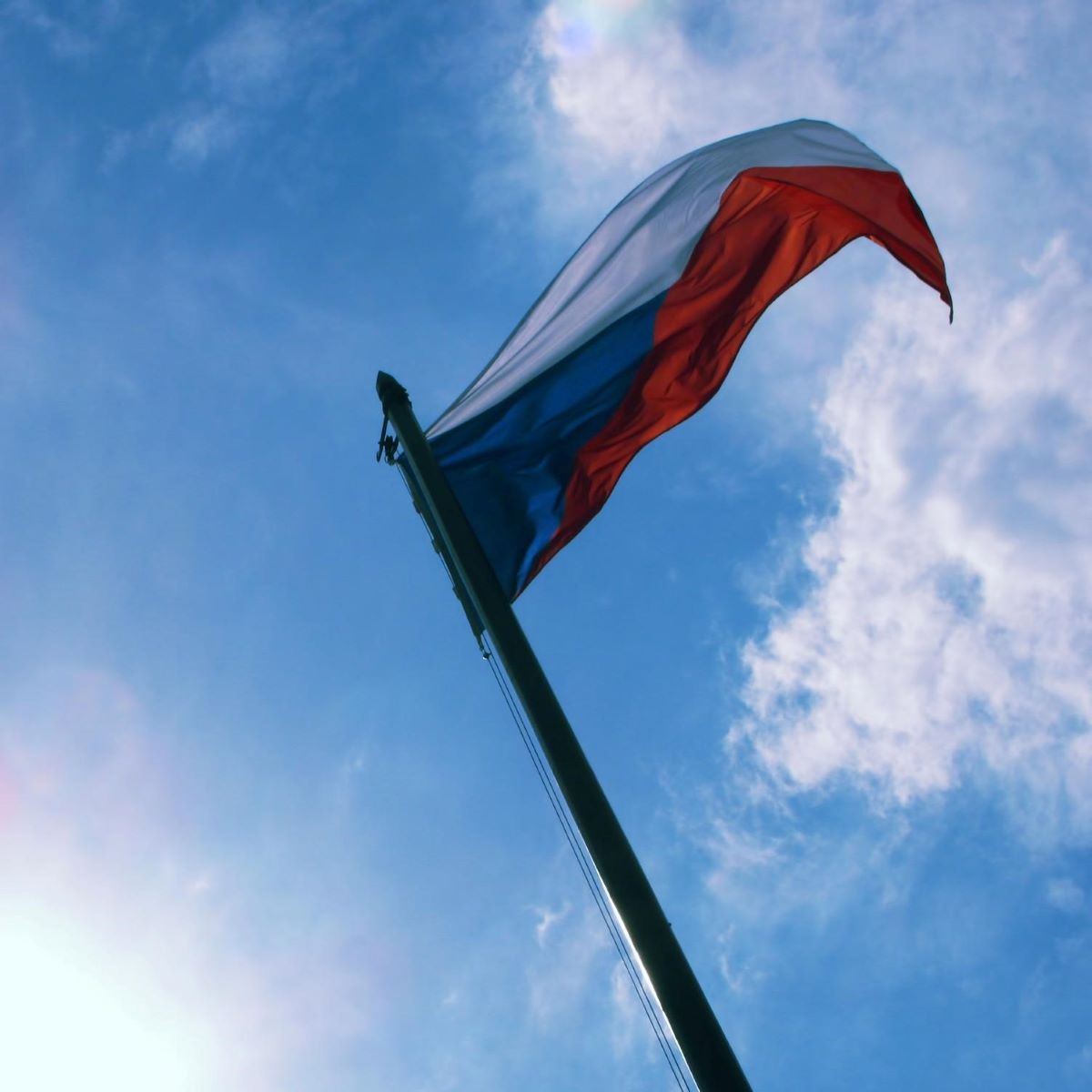
Our story
We believe that equality of opportunity between states, companies and individuals is the path to individual prosperity and the key to the development of our civilization. If given the opportunity to demonstrate the benefits of our technology, we will do everything we can to support your growth and the sustainability of your production.
We are looking for allies, be part of the 4dot technology story.
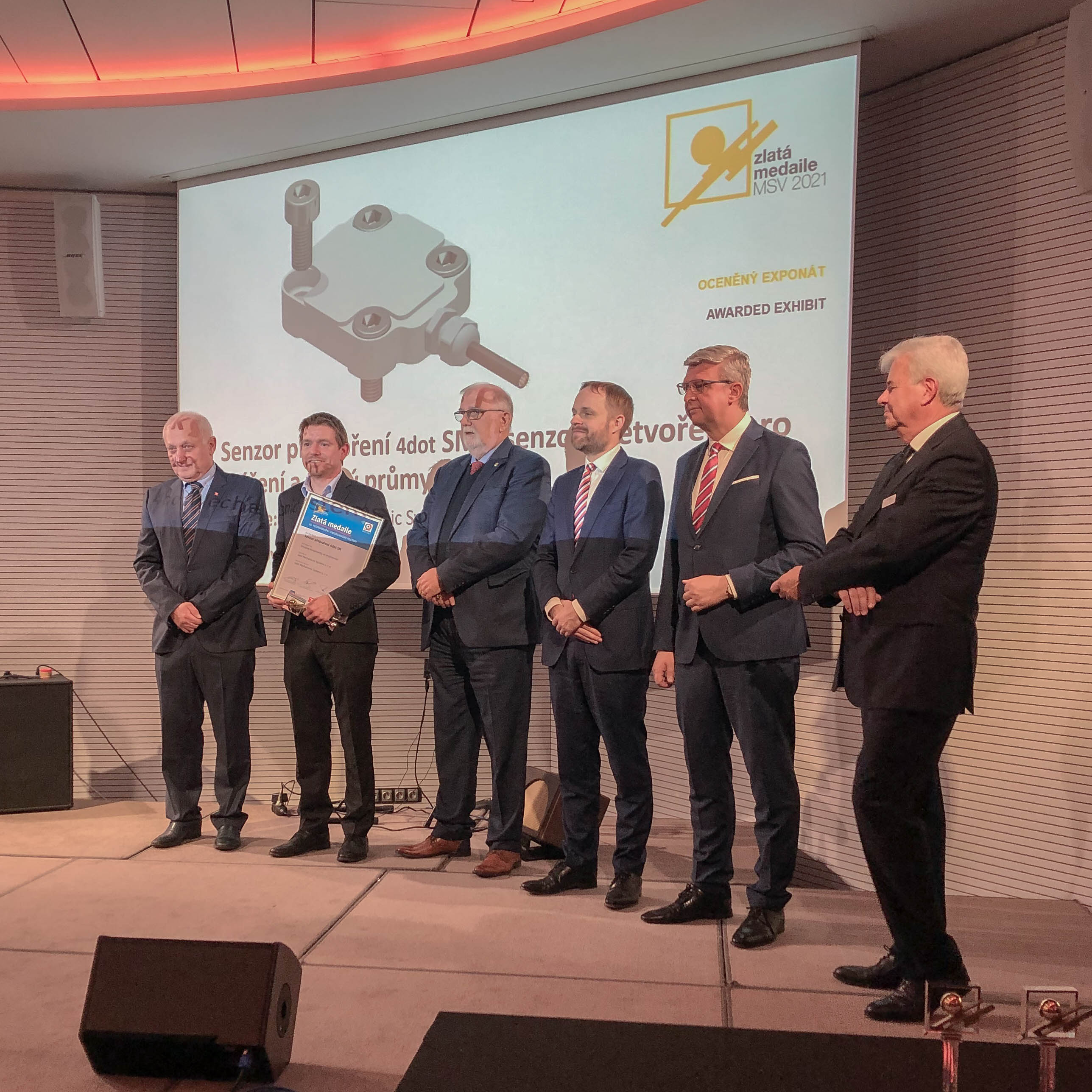
A SECOND PATENT AND A GOLD MEDAL
"When we deployed our first transformation sensor in the forge as part of our technology monitoring, it lasted a few hours," Jan Otoupalík recalls the beginnings of sensor development. The 4dot team, led by the two founders, gradually switched to a semi-conductor measuring element, and developed a pre-stressed housing. Thus they have created a sensor 30 times more sensitive than conventional foil strain gauges. The patent obtained proves the advancement of the state of the art on a global scale. In the same year, the sensor won the Gold Medal at the International Engineering Fair in Brno, Czech Republic.

Restart
Between 2018 and 2021, 4dot forgot its values: environmental protection, reducing material consumption, creating simple solutions. It was necessary to go back to product development and to work with the customer like with a partner in creating a sustainable industry.
Jan Otoupalík recalls the most significant change: "At the turn of 2020 and 2021, I discovered cultural capital. It had been in our region and family for generations. Suddenly there was a source of know-how on how to build a product, how to direct the business and its marketing, and how to build an independent company."
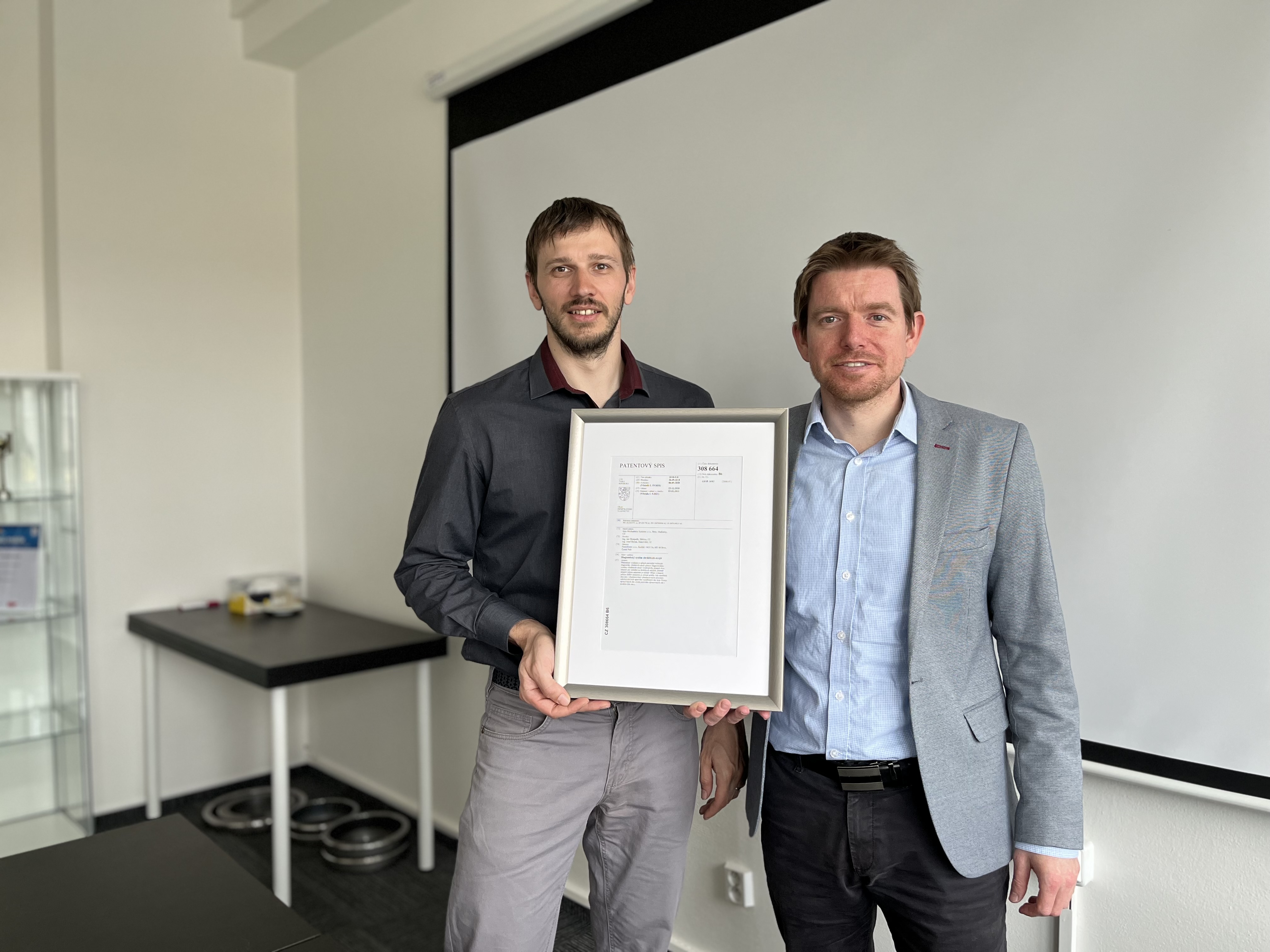
The MUSA patent
For years, technical diagnostics had been limited to machines with minimal noise, i.e. where the process signal does not mix with the machine condition signal. Both founders, Josef Burian and Jan Otoupalík, wanted a product with global potential. Therefore they focused on machines where noise plays an important role, such as forming and grinding machines. Consequently, signal processing had to be developed to separate the process signal from the machine signal. The solution is simultaneous signal processing from multiple sensors, i.e. the MUSA analysis. The effect is the same as looking with one eye first and then with both eyes. Both eyes give you depth.

Easy growth
''In retrospect, we were very successful in the beginning, but we thought that we were doing a lot of things wrong,'' Jan Otoupalík recalls. Many new people were coming in who were supposed to develop the company, to continue what the founders had started – just better and more efficiently. In reality, however, the company was only losing its values.

The day of non-founding
Every organization needs a day from which its history is written. In 4dot we call it the Day of Non-founding. Our founders always used to have many ideas, most of which resulted in them going out into the world.
Before Easter 2015, Jan Otoupalík had already known that the development of diagnostics in ZKL had been coming to an end. So, he and Josef arranged to go for a green-colored Easter beer on the so-called Green Thursday (Maundy Thursday). Due to unexpected obligations, they did not meet until the evening, and there was no opportunity to discuss anything anymore. They met again a few days later and reached an arrangement. To this day we have not managed to find out which day it was. And so we have been writing our history since Maundy Thursday, April 2, 2015.

Mechanics at Honeywell and PBS Turbo
After graduation in 2014, Josef Burian gained experience at Honeywell. In a year he switched to PBS Turbo and then moved right on to build 4dot.

Studies in Sweden
In 2012, Jan Otoupalík went on Erasmus to the Chalmers University of Technology, Sweden. He studied signal processing. Chalmers is, however, also one of the leading universities in the field of sustainable development. Jan studied it too, and 4dot makes use of this knowledge in the creation of its products.

Development of bearing diagnostics, ZKL
Jan Otoupalík joined the ZKL Group where he was engaged in research and development of bearing diagnostics. ZKL Brno is a manufacturer of roller bearings which are most often used in slow-running applications. This predetermined Jan’s technical specialization.
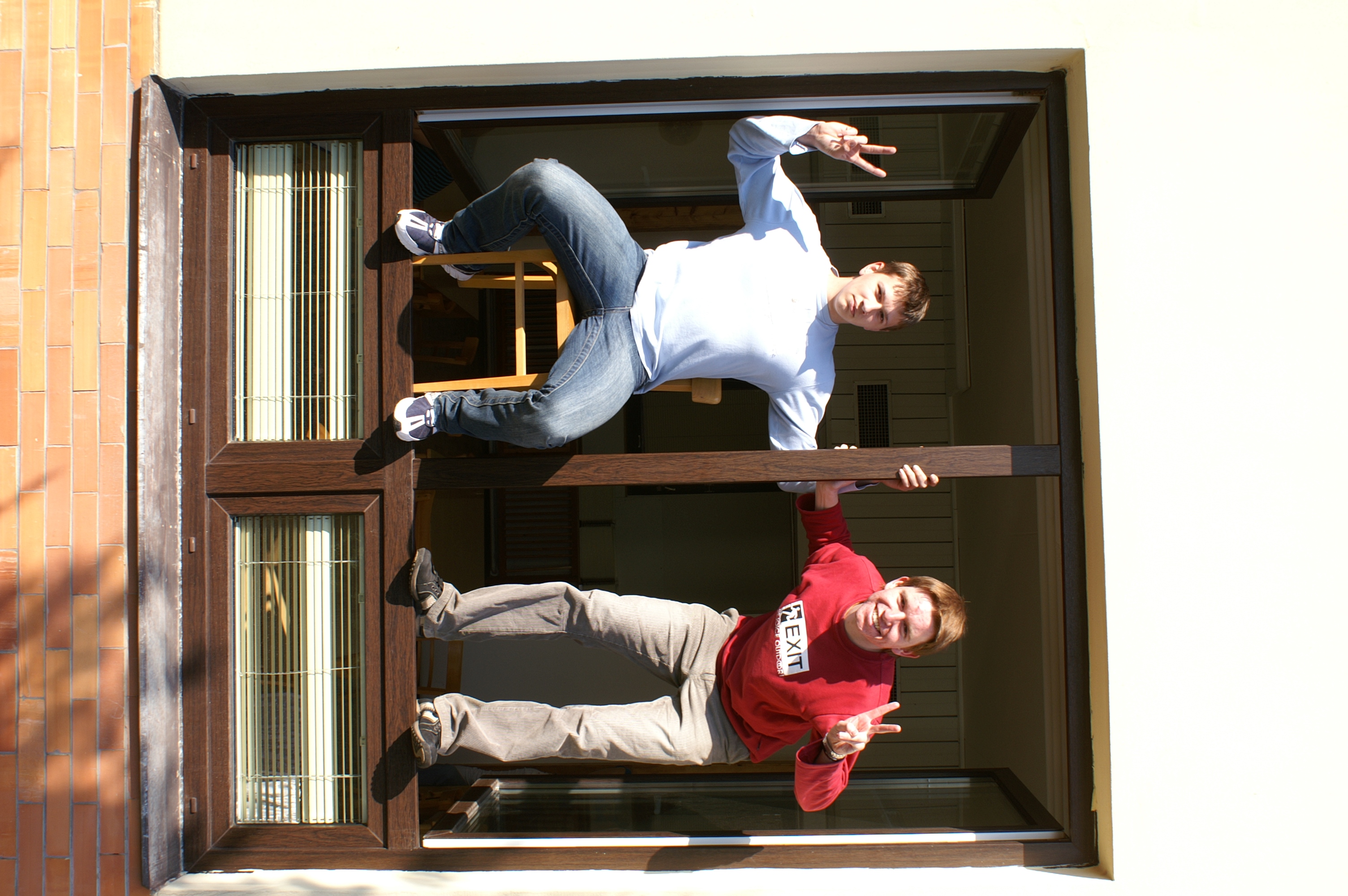
The T. G. Masaryk High school in Zastávka
On September 1, Josef Burian and Jan Otoupalík started going to the same class in high school. Their friendship began with collaboration in Mathematics and Physics classes. Soon they would attend parties in the neighborhood together. After graduation they entered the Faculty of Mechanical Engineering at Brno University of Technology where their study paths gradually split up. Josef studied Solid Mechanics, whereas Jan studied Mechatronics.
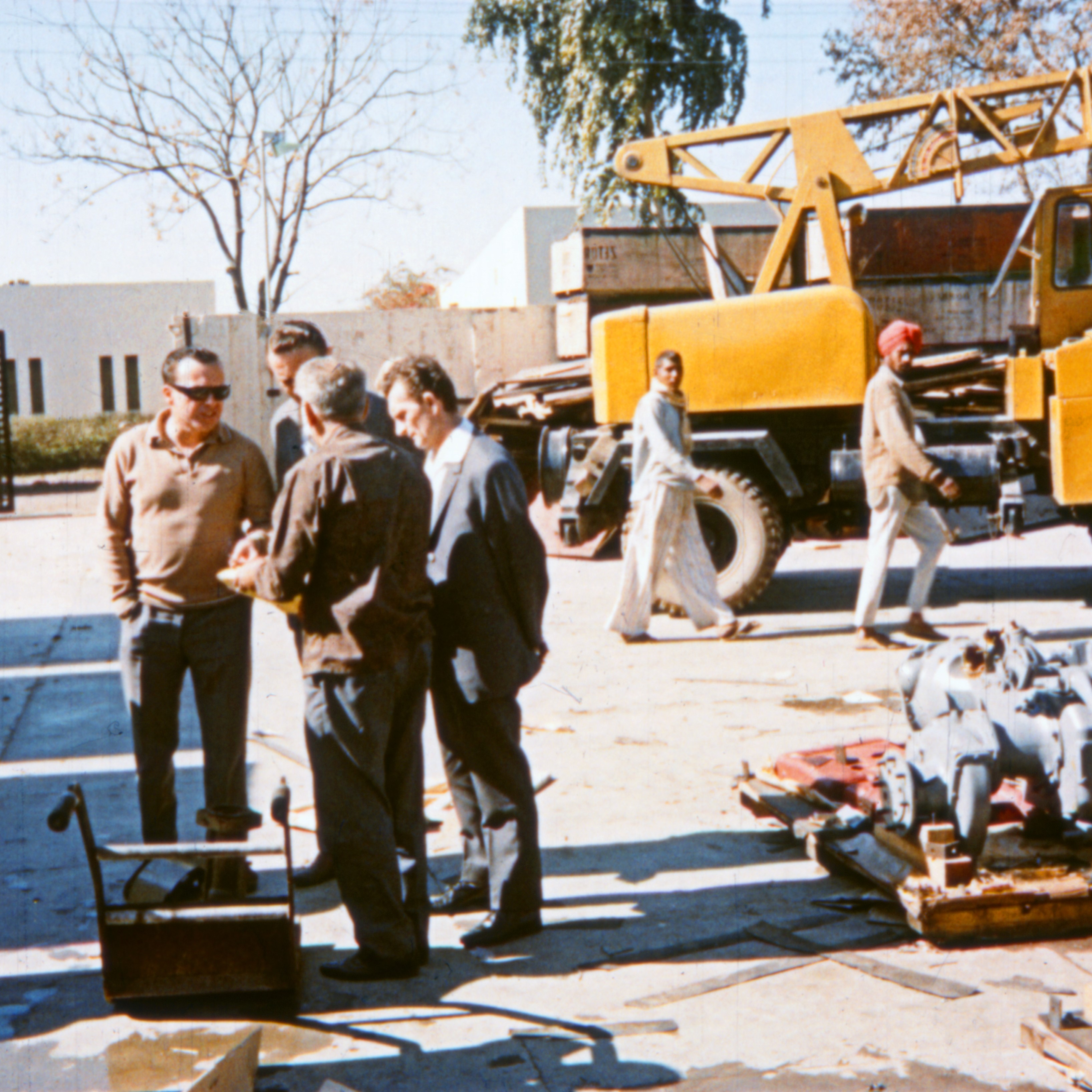
Zetor, a product for the global market
In the 1960s, Zetor was one of the Czechoslovak companies that had a competitive product for Western markets. Countless times Jan Otoupalík would hear from his grandfather, the Economic Deputy at Zetor in Brno until 1968, about how Zetor developed, produced and, most importantly, sold tractors all over the world. Zetor's tractor development and sales practices lead 4dot out of the impasse in 2021.
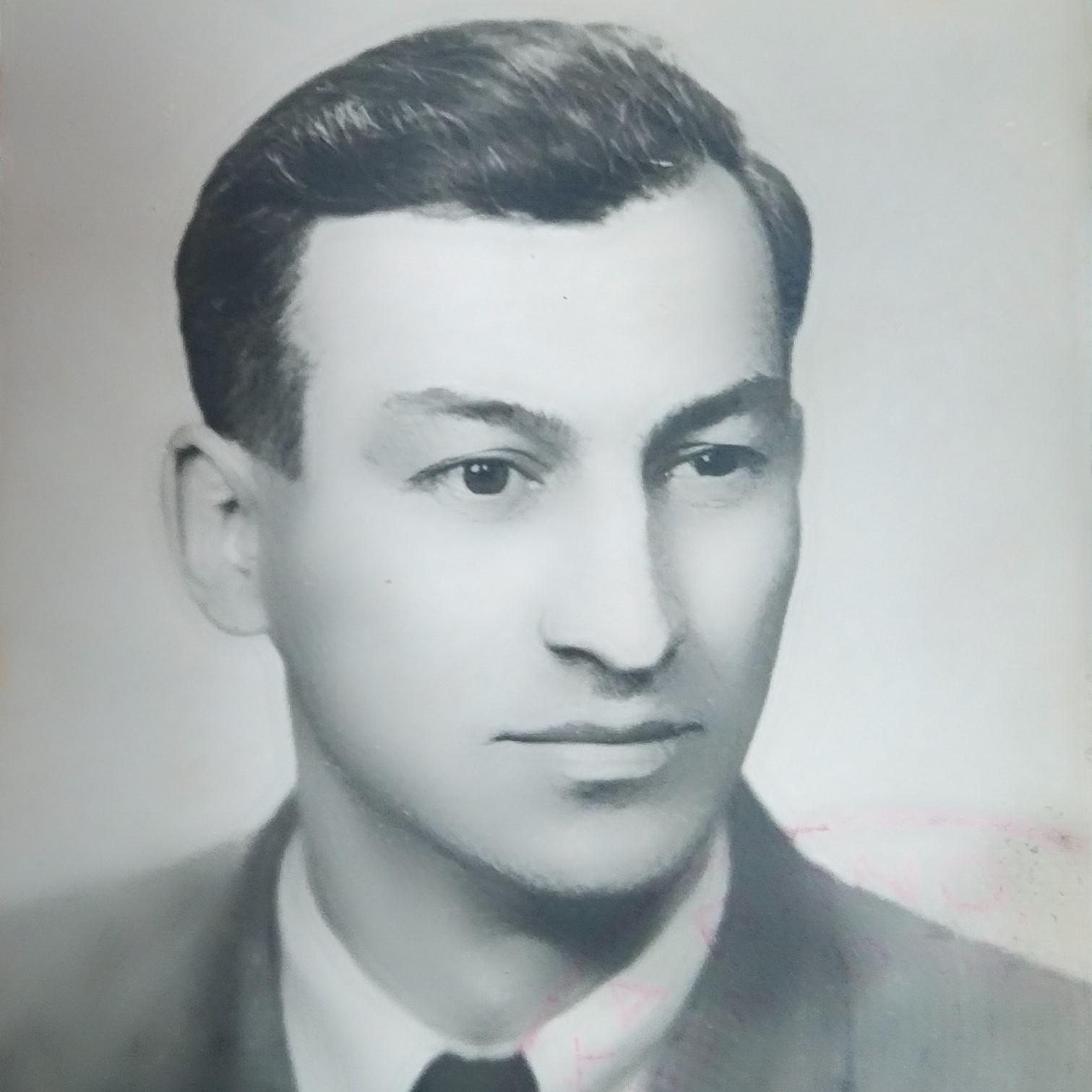
Zbrojovka values
The young Czechoslovakia began to arm itself, and the great-grandfather of our founder Jan Otoupalík left business and returned to the Brno-based Zbrojovka (Armory) factory where he had worked before the Great Depression. In doing so, he determined the values that would be passed down in the family for generations and that gave impetus to the creation of 4dot. Already the founders of Zbrojovka in 1918 had known that an independent state needed industry of its own.


